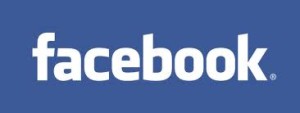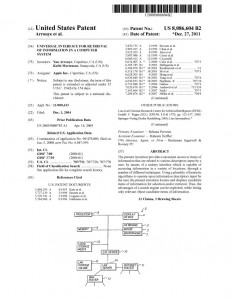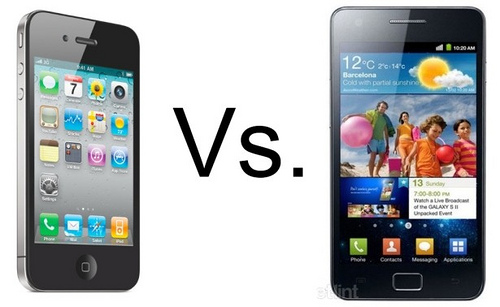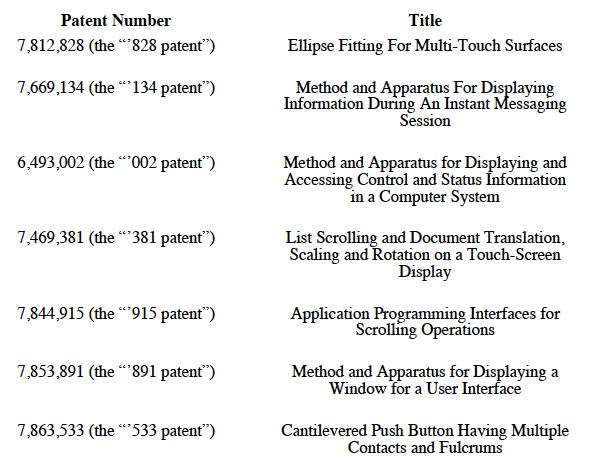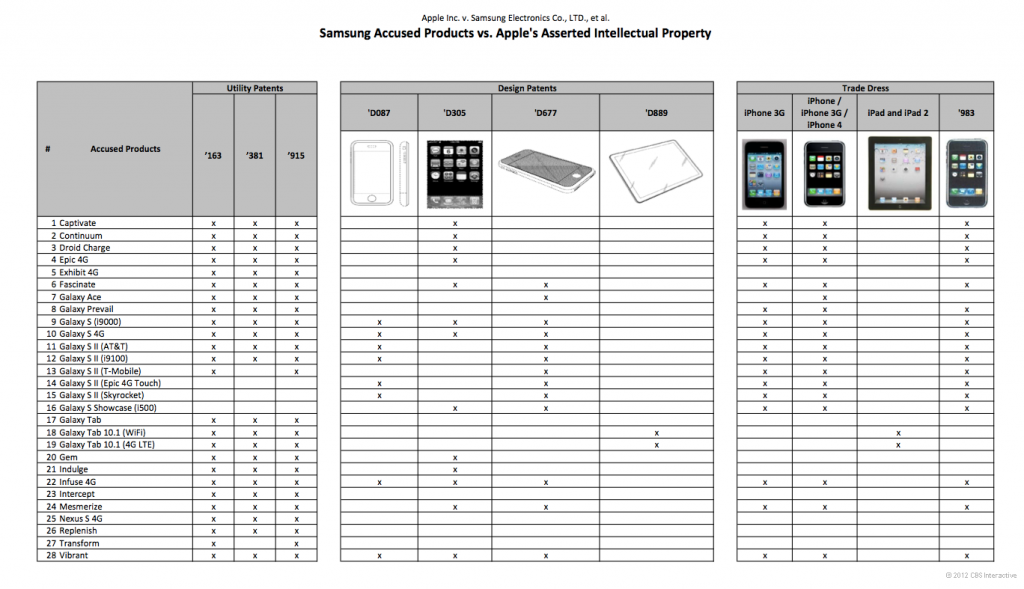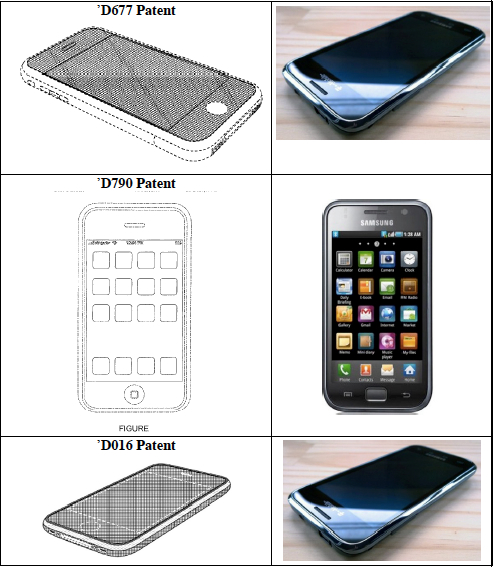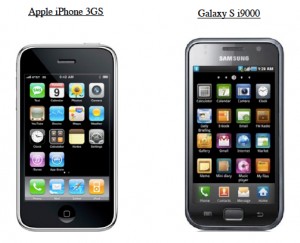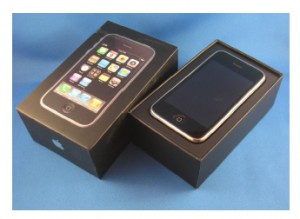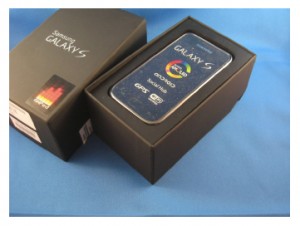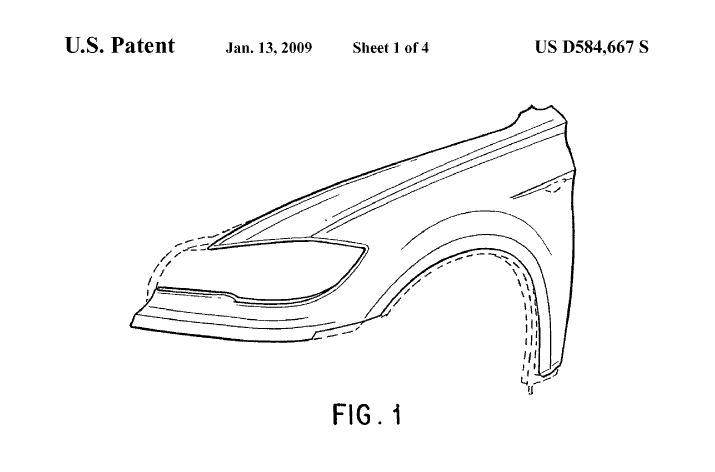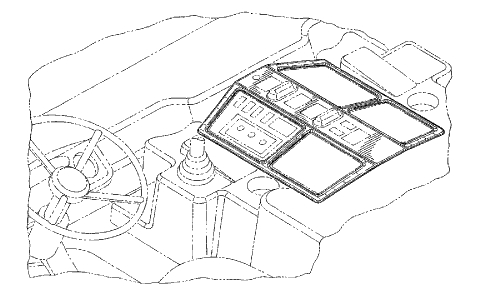On Monday, the Supreme Court decided Bowman v. Monsanto and held that a farmer  who purchases patented seeds from a grain elevator and then plants those seeds and harvests the crop, infringes the patent. Previous cases had held farmers liable for holding over a portion of their crop for planting the next year, but those cases involved the violation of the license agreement the farmer must sign when purchasing the licensed seeds. In this case, the farmer purchased the seeds from a grain elevator with no contractual strings attached.
who purchases patented seeds from a grain elevator and then plants those seeds and harvests the crop, infringes the patent. Previous cases had held farmers liable for holding over a portion of their crop for planting the next year, but those cases involved the violation of the license agreement the farmer must sign when purchasing the licensed seeds. In this case, the farmer purchased the seeds from a grain elevator with no contractual strings attached.
The result shouldn’t be a surprise, and some people even expected a unanimous opinion, which the Supreme Court issued. The issue in the case was “patent exhaustion” and it is the principle that once a patented article is the subject of an authorized sale, the owner of the article is free to use it as they see fit or resell it to another person. Patent exhaustion, however, doesn’t allow the purchaser to make copies of the patented article.
A patent doesn’t give the patent holder the right to do anything themselves (after all, there could be other patents that cover other aspects of the same product). What a patent does give is the right to exclude others from making, using, selling, offering for sale, or importing the patented article. This is much like the deed to real property that gives the owner the right to keep trespassers off, but doesn’t actually allow the owner to do any particular activity on the land (you have to look to zoning laws and permitting agencies for that).
Patent exhaustion applies to only some of that bundle of rights that the patent holder has, namely making, selling, and offering for sale the patented article that was previously bought. A person can’t make copies of the article they bought and claim that the copies don’t infringe because of patent exhaustion. In Monsanto, Bowman claimed that planting the soybeans was really just a normal use of them and their “self reproduction” was the natural result. The Court, however, saw this process of planting and harvesting as the natural way of “making” a second generation of seeds. The beans Bowman bought from the elevator could have been resold, used for animal or human food products, or even used as a feedstock for bio-fuel.
The question that then comes up is how does a farmer ever plant patented seeds without infringing the relevant patents? The answer is actually pretty simple and has been used by Monsanto and other seed companies for decades. When purchasing seeds (which of course comes with the right to resell or use them for feed) farmers must sign a license agreement granting them the right to “make” one descendent generation by planting. That descendent generation may then be sold or used but not planted.
This really is the same outcome that would be expected in other technology areas where a purchaser can freely use or resell the product, but not replicate it. The difference here is the self replicating nature of biological organisms.

